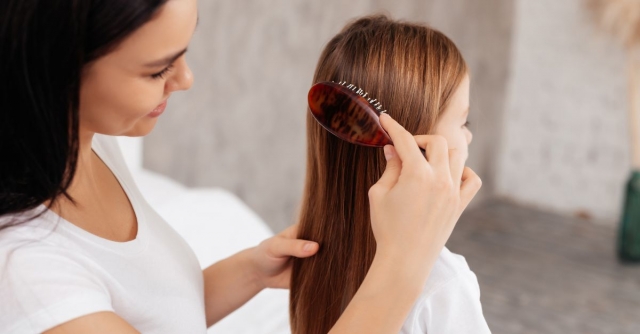Head lice are tiny bugs that live on the scalp. They spread quickly in settings where kids are in close contact, such as at schools or playdates.
For parents, preventing head lice is key to avoiding the stress and inconvenience of infestations. With a few simple steps, you can help keep your family lice-free and focus on what matters most. Here are some tips to prevent lice from spreading in shared spaces.
Understanding Lice Transmission
Lice spread primarily through direct head-to-head contact when hair touches hair. They can also transfer when people share personal items such as hats, combs, pillows, and hair accessories.
Many people mistakenly believe lice can jump or fly between heads, but these insects can only crawl. They also cannot survive more than 24 hours away from the human scalp, which makes transmission through furniture or carpet less likely.
Preventive Measures in Schools and Daycares
Educational institutions should establish clear no-sharing policies for personal items, particularly hats, hair bands, and brushes. Staff members such as teachers and nurses should undergo training to recognize early signs of lice infestations such as itching or red marks on children’s necks.
Schools must also ensure adequate spacing between coat hooks and storage areas to prevent hair accessories from touching. Clean communication with parents about lice policies helps maintain awareness and encourages prompt treatment when infestations occur.
Preventive Measures at Home
Parents should teach children to avoid head-to-head contact during play and sleep arrangements. While regular hair washing doesn’t prevent lice, frequent visual inspections help identify problems early.
Wash clothing, bedding, and towels in hot water above 130°F and dry on high heat for at least 20 minutes. Seal any items you can’t wash in plastic bags for 48 hours to starve potential lice.
Tips for Sports Teams and Camps
Athletes should store helmets, headgear, and personal equipment separately rather than in shared bins or lockers. Coaches should inspect shared equipment regularly and clean items that come into contact with hair, such as helmets, goggles, and other accessories.
Team members should tie back long hair securely and avoid sharing hair ties or headbands. Regular communication about lice prevention helps maintain awareness throughout the season.
Treatment Options If Prevention Fails
When over-the-counter treatments fail or infestations are severe, professional lice removal offers an effective solution. Trained technicians use safe, non-toxic treatments and specialized tools to eliminate lice in one session.
These services ensure thorough removal, provide prevention tips, and offer aftercare advice on cleaning and monitoring, which is important for preventing reinfestation. Professional help saves time, reduces stress, and ensures quality care during a lice outbreak.
Maintaining Lice-Free Environments
Preventing lice spread in common shared spaces requires consistent vigilance and education. Regular inspections, proper hygiene practices, and immediate treatment when infestations occur help maintain healthy environments for everyone involved. Remember these tips to protect your home and children from lice infestations.






